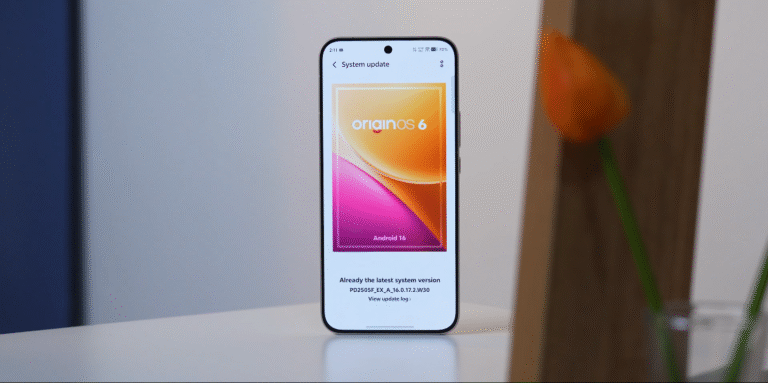POCO F8 Pro camera software update roadmap: what’s coming next?

How the POCO F8 Pro Camera Will Evolve Over Time
The POCO F8 Pro is expected to arrive with a strong camera system at launch, but much of its long-term performance will depend on software updates. As with previous POCO releases, the company is likely to refine features, improve processing speed, and add new modes over time. Understanding what updates may arrive helps you know how the camera experience will grow after purchase.
In the first few weeks after launch, the F8 Pro is expected to receive small stability patches targeting early feedback. These updates commonly focus on refining colour balance, improving white-balance consistency, and stabilising autofocus. Early adjustments often make a noticeable difference, especially in low-light photography and quick-capture scenarios.
Shortly after this period, the camera app may receive enhancements that improve overall responsiveness. This may include reduced shutter lag, better HDR blending, and faster image-processing speeds. These updates typically help the device produce more natural images with improved detail in shadows and highlights, especially in mixed lighting.

As usage data builds, a mid-cycle update may bring new shooting modes or expanded manual controls. Features such as enhanced Pro mode options, improved RAW processing, or additional filters could arrive during this stage. POCO has previously used mid-term updates to introduce AI refinements, so improved scene detection and upgraded night-mode performance are likely candidates.
Video performance is another area that usually sees progressive improvements. Over time, updates may improve stabilisation, clarity in 4K recording, and smoother transitions between lenses while filming. With increasingly powerful processors, the software can better manage temperature, frame-rate consistency, and noise reduction in challenging environments.
Long-term updates, arriving over the next one to two years, are likely to focus on fine-tuning existing features rather than adding brand-new functions. These refinements typically improve lens-switching speed, portrait-mode edge detection, and overall camera app stability. As major system updates roll out, the camera benefits from more efficient handling of memory, image data, and sensor output.
The POCO F8 Pro’s update track is also expected to support improvements in computational photography. Algorithms responsible for exposure, colour mapping, and noise reduction evolve over time, meaning the phone’s camera quality may improve even without any hardware changes. This helps it remain competitive against newer devices.
For everyday users, this evolving roadmap ensures that the camera continues to feel fresh and reliable. Those who enjoy mobile photography will notice gradual upgrades that refine image sharpness, reduce noise in dim environments, and improve selfie results. Regular updates help maintain consistency, especially for users who rely on their phone for travel, family events, or content creation.
In summary, the POCO F8 Pro is set to receive meaningful camera software improvements throughout its lifespan. From early fixes to long-term refinements, its imaging performance is expected to grow steadily with each update. For buyers who value a camera that becomes better over time, the F8 Pro offers a promising path forward.






